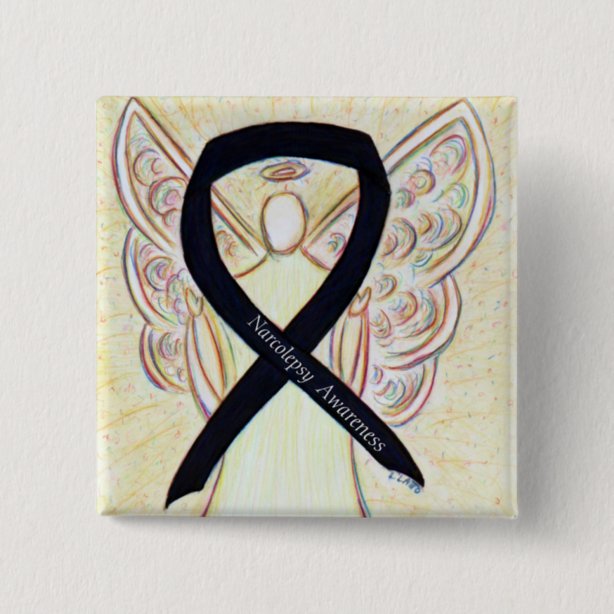
Maintenance of Wakefulness Test (MWT) is a facility based study that is used to measure the ability to stay awake and alert. Parameters necessary for sleep staging (including 1 to 4 channels of EEG, EOG, and chin EMG) are recorded. The MSLT is the better test for demonstration of sleep-onset rapid eye movement (REM) periods, a determination that is important in establishing the diagnosis of narcolepsy. The patient may be instructed to lie down in a dark room, with permission or a suggestion given to sleep (MSLT) or to sit up in a dimly lit room and try to stay awake (maintenance of wakefulness test). The test is typically performed on the night following a polysomnography (PSG where at least six hours of sleep were achieved) in order to rule out other sleep disorders as a cause of excessive daytime sleepiness. Onset of sleep and rapid eye movement, along with heartbeat and chin movements are recorded.
#ICD 10 CODE FOR NARCOLEPSY WITH CATAPLEXY TRIAL#
During a routine MSLT, an individual is given five nap trials that are separated by two hour intervals: each trial consists of a twenty-minute session in which the individual attempts to fall asleep. The multiple sleep latency test (MSLT) involves multiple trials during a day to objectively assess sleep tendency by measuring the number of minutes it takes the patient to fall asleep.

The results of the study are primarily used to confirm the suspected diagnosis of narcolepsy. Multiple Sleep Latency Test (MSLT) is a facility based study that is used to measure levels of daytime sleepiness. See also CPB 0004 - Obstructive Sleep Apnea in Adults.

#ICD 10 CODE FOR NARCOLEPSY WITH CATAPLEXY FULL#

The initial test is affected by extraneous circumstances or when study conditions were not present during initial testing or.The initial test was invalid or uninterpretable or.For evaluation of persons with suspected idiopathic hypersomnia to help differentiate idiopathic hypersomnia from narcolepsy.Īetna considers MSLT and MWT experimental and investigational for all other indications because its effectiveness for indications other than the ones listed above have not been established, including (not an all-inclusive list): attention-deficit/hyperactivity disorder, chronic fatigue syndrome, circadian rhythm disorders, psychiatric hypersomnolence, restless leg syndrome, insomnia, neurologic disorders other than narcolepsy (e.g., dementia (including Alzheimer's disease and dementia with Lewy bodies) and Parkinson's disease), obstructive sleep apnea syndrome, evaluation of the effectiveness of modafinil therapy in narcolepsy, and evaluation of common, uncomplicated or noninjurious parasomnias, such as typical disorders of arousal, bruxism, enuresis, nightmares or sleep talking.Īetna considers repeat MSLT and MWT tests not medically necessary, unless:.For evaluation of symptoms of narcolepsy, to confirm the diagnosis or


 0 kommentar(er)
0 kommentar(er)
